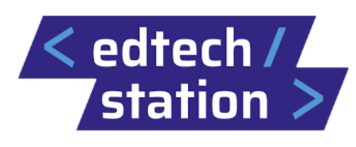Blog

What’s cooking in digital learning in 2024?
The evolution of digital learning tends towards more asynchronous distance learning and internal content creation in 2024.

Choosing the right immersive technology for your learning needs
Immersive learning bridges the gaps between theory and real-world application. Read about its key benefits and main formats: VR, AR and 3D.

Synquest at SRH & eLearning expo
Synquest will be exposing in Solutions Ressources Humaines & eLearning Expo in Paris Expo Porte de Versailles on March 21, 22 & 23.

Getting started with gamification for corporate learning
Exploring the key elements to consider to start your gamification journey.





